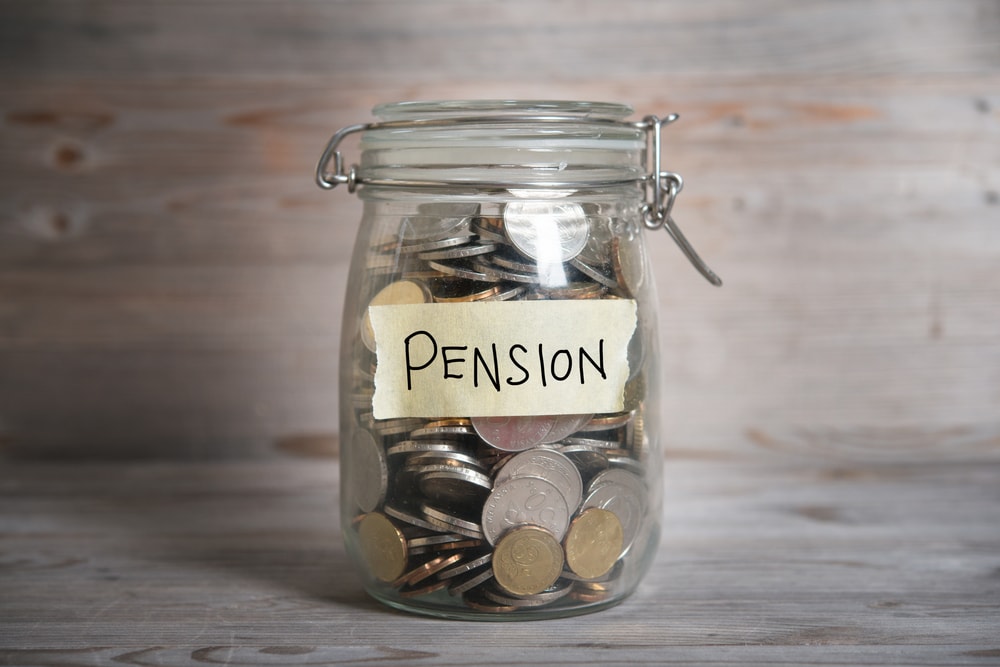Nearly a third (31 per cent) of defined benefit (DB) and hybrid schemes with an effective valuation date for tranche 14 were in surplus on a technical provisions (TP) basis, according to The Pensions Regulator (TPR).
Its Scheme funding analysis 2021 revealed that the average funding ratio of schemes with valuation dates between September 2018 and 2019 (tranche 14) was 91.4 per cent, with “the majority” of schemes experiencing a growth in assets that exceeded the growth in liabilities between tranche 11 and 14 valuation dates.
This represents a 4.4 percentage point increase on the average funding level over tranche 11.
Of the schemes in surplus, the average funding level on a TP basis was 109.1 per cent, while those in deficit had an average funding ratio of 83.8 per cent.
At the median, scheme assets grew by 18 per cent, whereas TPs increased by 12 per cent.
The median relative change in deficits for all schemes was -31 per cent, with around 67 per cent of all schemes experiencing a reduction in deficit over the inter-valuation period.
By the end of January 2021, TPR had received over 1,660 valuations for the tranche 14 date, with 74.8 per cent of those schemes having previously submitted valuations in tranches 11, 8, 5 and 2.
TPR’s analysis also revealed that the average recovery plan length for scheme in deficit was 5.9 years, while the median was 5 years.
The relative increase in average annual deficit recovery contributions (DRCs) between tranches 11 and 14 was 8 per cent at the median, while the median extension to the recovery plan end date was one year.
The median increase in TPs was 12 per cent and the corresponding relative increase in average annual DRCs was 7 per cent.
Assessing the market conditions in the inter-valuation period, TPR's report stated: “Equity markets performed positively during the inter-valuation period.
“Relative to 1 April 2019 (the effective date of many tranche 14 valuations being Sunday 31 March 2019), the FTSE All-Share Index realised a three-year total return of 32 per cent.
“Throughout much of the period between March 2016 and March 2019, government gilt yields fluctuated reflecting market volatility and uncertainties, first around the Brexit referendum and later over the period of transition.
“The real 20-year spot rate of interest, already in the region of negative yields during the previous valuation period, remained negative (-2.5 per cent) towards the end of the tranche 14 valuation period.”
Latest News
-
Utmost sells BPA business to JAB Insurance for undisclosed amount
-
Hargreaves Lansdown announces 'multi-million pound' Keystone investment
-
Unnamed healthcare pension scheme completes £189m buy-in with Canada Life
-
Minimum wage rise set to bring more part-time workers into AE threshold
-
Over half of UK savers relying on non-pension assets for retirement
-
Looking back: 2025 - The year of the big pension overhaul
Private markets – a growing presence within UK DC
Laura Blows discusses the role of private market investment within DC schemes with Aviva Director of Investments, Maiyuresh Rajah
The DB pension landscape
Pensions Age speaks to BlackRock managing director and head of its DB relationship management team, Andrew Reid, about the DB pensions landscape
Podcast: From pension pot to flexible income for life

Podcast: Who matters most in pensions?

In the latest Pensions Age podcast, Francesca Fabrizi speaks to Capita Pension Solutions global practice leader & chief revenue officer, Stuart Heatley, about who matters most in pensions and how to best meet their needs
© 2019 Perspective Publishing Privacy & Cookies










Recent Stories